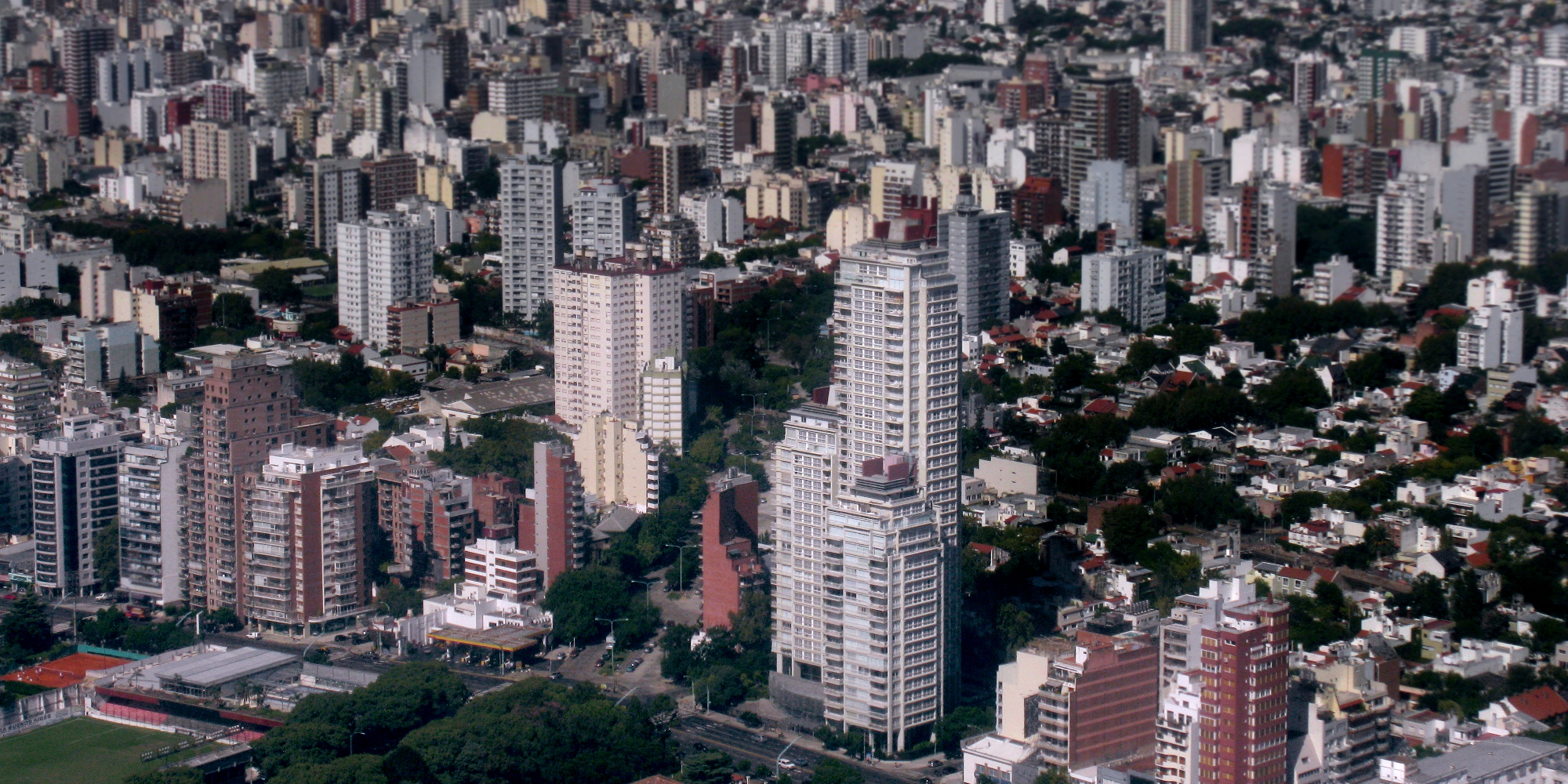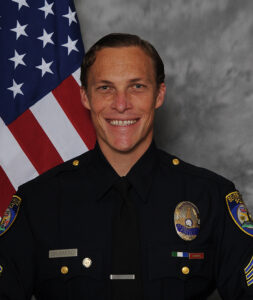Understanding urban operations are becoming of increasing importance to the military, police, fire service, medical, and humanitarian actors. The dynamics of urban settings involve complexity at many levels, including density and terrain. Urban densities entail diverse population concentrated in compact spaces, structures and buildings, traffic congestion, and complex multi-level infrastructures such as subways, underground tunnels, and passageways. Urban operating environments range from built-up areas (towns and small cities) through metropolitan areas, and increasingly megacities and emerging megacity complexes or clusters.
Range of Action
Operating in the urban environment is increasingly likely as the world becomes increasingly urban. More than half the world’s population lives in urban areas and a quarter of that population lives in cities with over a million people. Sun Tzu cautioned against urban warfare and besieging cities. It is becoming difficult to heed the traditional maxims about avoiding cities in battle as urban terrain becomes more common and terrorists and insurgents bring the battle to the streets. Beyond the inherent complicating factors of operating in urban settings, an urban operation involves a range of actions and potentially interactive problem-sets. The most common problem set is traditional war or war fighting (if there is indeed a traditional war). However, this itself includes several subsets: from land warfare involving infantry and armored forces to insurgency to terrorism.
Sieges were one traditional form of urban battle. Neighborhoods and cities under siege present a series of tactical and humanitarian challenges. While International Humanitarian Law (IHL) proscribes these actions, this form of warfare still persists as seen in Sarajevo, Aleppo, and Marawi. In addition there is a new form of virtual attack: ‘urban siege,’ an urban terrorist tactic that I have described as “a metaphor for complex, integrated tactics that disrupt urban life and spread fear…” seen in cities as diverse as Mumbai, Paris, Nairobi, Karachi, Kabul, and Jalalabad. As David Kilcullen noted, guerrilla fighting has come “Out of the Mountains.”
The second problem-set is policing: here the police face threats ranging from street crime to gang and crime wars, as seen in Mexico and Brazil, riots and disorder, terrorism, and the aforementioned urban siege. In addition, while policing in relation to conflict was traditionally viewed as a post-conflict issue of transitional justice, there is a need for intra-conflict policing in settings of protracted conflict, insurgency, and criminal violence. The third problem-set is Urban Civil Defense and Humanitarian Aid. This includes civil defense actions in urban conflict by the fire service, medical care, and humanitarian aid. The fire service role includes firefighting and urban search and rescue provided in settings where the dense urban complexities are compounded by conflict. The fire service shares this problem-set with medical providers. Medical intervention includes pre-hospital emergency medical services and in-hospital care. Responding to injuries caused by terrorism, insurgency, and war form a situation of ‘conflict disaster’ demanding new protocols such as tactical medics and ‘counterterrorism medicine.’ The final set of actors involves humanitarian aid where civil defense and non-governmental organizations—such as Médecins Sans Frontières (MSF), the International Committee of the Red Cross (ICRC), Syria’s White Helmets, and Save the Children (which was recently attacked in Jalalabad)—provide aid and care to the besieged and threatened populations. These final three problem-sets explicitly demand the development of new force protection capabilities. All of these problem-sets are likely to interact as anticipated in General Charles Krulak’s conception of ‘Three Block War.’ It is unlikely to see these problem-sets independently.
Humanitarian Concerns and New Skills
Humanitarian concerns related to indiscriminate targeting (from drones and explosive weapons in general, and the emerging development of lethal automated weapons systems (LAWS); targeting of civilians, humanitarian facilities, workers, and convoys; targeting of peacekeepers and civil defense workers; and the role of IHL, especially proportionality and precautions in urban targeting, demand new skills for military, fire service, medical, and humanitarian personnel working in urban settings. This specialized training needs to accommodate operations in all urban settings ranging from small cities through metropolitan areas through megacities and megacity clusters (complexes). These needs involve understanding the urban operating environment, the range of problem-sets involved, the selection of tactical and operational options, understanding density, terrain and topological features, and understanding the population—including criminal and gang combatants.
Megacities and Beyond
Operating in cities presents unique challenges and needs, which are complicated in megacities and emerging mega-city clusters (complexes). Megacities engagement involves more than just increased scale, population and density. Its complexity is geometrically complicated by the interactions among the individual neighborhoods and cities that comprise the megacity, each with its own demographic and infrastructural characteristics. Contemporary megacities may include global cities and global slums (neighborhoods where transnational gangs dominate local turf and are globally connected to transnational criminal networks). Indeed, contemporary megacities can comprise a complete operational theatre requiring sophisticated operational planning for operations, logistics, and integration with strategic goals.
Megacity complexes like the Beijing-Tianjin-Hebei cluster or Pearl River Delta cluster that comprises Hong Kong, Macau, Shula, Shenzhen, and Guangzhou among other metropolises are highly complex economic engines that demand strategic recognition. Operating in densely populated megacities, linked to nearby megacities with complex economic, political, and infrastructural connections demand both tactical precision (to ensure precaution) and an understanding of operational and strategic interdependencies.
Conclusion
Increasing global urbanization and the development of megacities and megacity complexes demands an understanding of megacity dynamics and developing and exercising new tactical, operational, and strategic doctrine. This goes far beyond developing new TTPs (tactics, techniques, and procedures) for tunnel fighting or the selection of armored vehicles suitable for city fighting. It demands development of a strategic understanding of the role of globally connected cities and urban networks (including criminal networks) and understanding of population protection and the development of new rules for protecting civilians and humanitarian actors. It also demands development of the decision-making capabilities and skills necessary to apply this understanding in expeditionary and potentially domestic settings. Discussion of these needs will form the foundation for many of my future essays.
This article was originally published by Stratfor.




